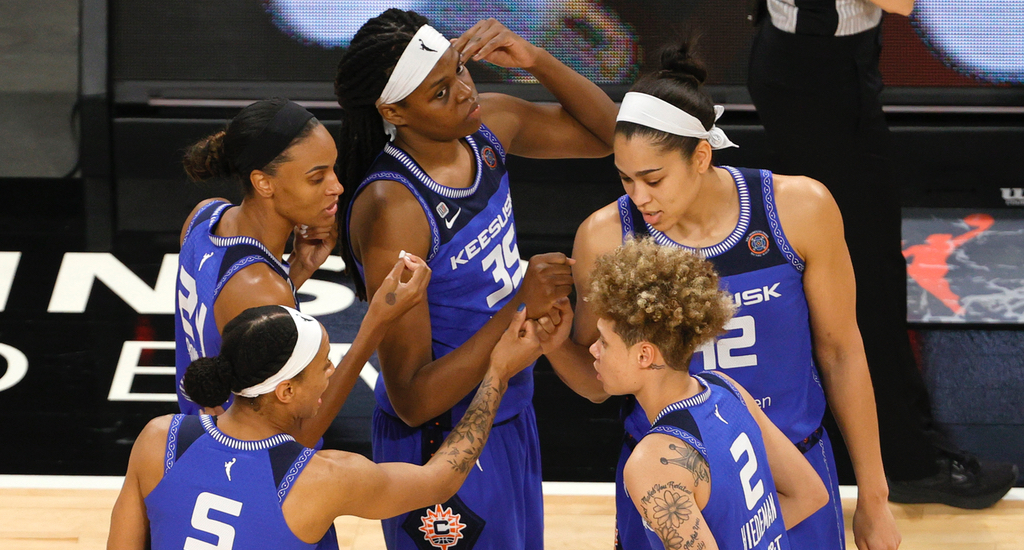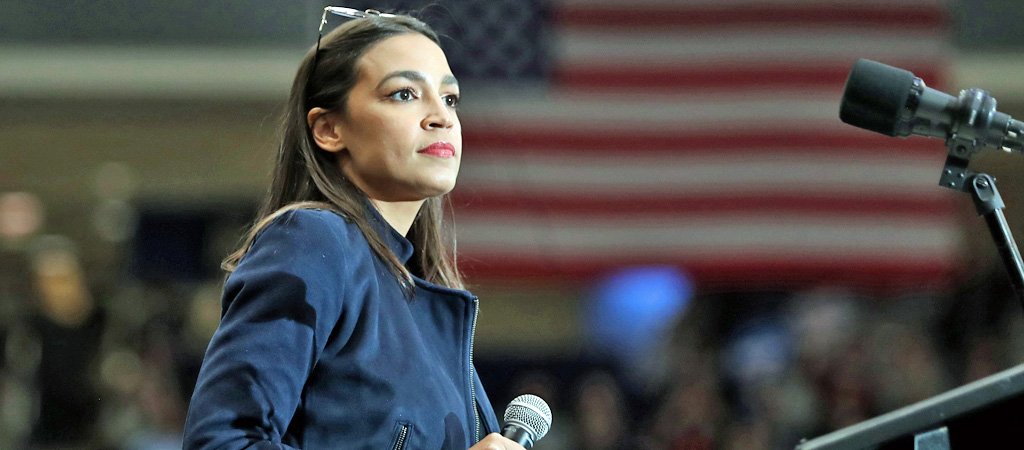Kyle Kuzma talked about hurdles in his final media availability of the season. Asked what it was like to field one obstacle after another as soon as it seemed like he and the Los Angeles Lakers, struggling through injuries and COVID-19 as every team did, had gotten back on their feet, he zoomed all the way out.
“I mean it was difficult, but if you think about life, your every day life, you have obstacles all the time,” Kuzma says, offering the reporter who’d asked the question an example that they might have a great month or year of journalism. “And then something happens. Life hits.
“It’s never about what happens to you, it’s about getting up and how you respond,” Kuzma continues. “I think all of us on this roster, and staff, [are] ready to get back up and respond.”
It’s been that sense of responsiveness — often in times when he and the team had to triage pure functionality over dynamic play — that’s served Kuzma all season, bailed the Lakers out through a grim winter, and what’s going to make him a more attractive player to any team that comes knocking this summer.
Kuzma was drafted into an overhaul. The Lakers had just wrapped two back-to-back seasons with their lowest records yet and were pinning it all on their lottery pick from the same year, Lonzo Ball. The roster was a skew of holdover vets and young players. It felt tumultuous, but it was fun. It was low-stakes, high-energy basketball where the first instinct was to shoot, and Kuzma quickly emerged as one of the team’s go-to gunners.
He continued to let it fly after LeBron James arrived the following season, but after one year as teammates, the fling-first approach slowed. James got a feel for the team and changes followed, ditching Luke Walton for Frank Vogel and bringing in some of his familiar role players. But throughout it all, Kuzma remained a ready constant, a secondary option who could back up his unwavering confidence with the occasional big game. Perhaps this is why Kuzma was the only one of that young, frenetic Lakers lineup to be held back in the trade that landed Anthony Davis.
In the Lakers championship season, Kuzma stayed a scoring threat. His spatial awareness and knack for shifting his body while already airborne made for daring, slippery sequences in the paint, while his willingness to space the floor opened up room for James and Davis to attack. He was a boon to L.A.’s playoff run, helping the Lakers with their breezy trip to the Finals, and then to the title, with the kind of hotshot bravado he’d come to perfect.
Kuzma had barely any time to relax this past offseason given the Lakers’ Bubble run into October and the start of the preseason in December. He was prepared to remain the third option for scoring, behind James and Davis, until Dennis Schröder joined the team mid-November and Davis was sidelined from February to late-April.
The quickest critique of Kuzma’s season is that his scoring regressed, but where Vogel was swapping him in and out of rotations, often using Kuzma as a defensive tourniquet, scoring wasn’t the priority. Moreover, by the numbers, it didn’t really. Kuzma’s scoring was essentially the same — 12.9 points per game this season compared to 12.8 last year — with his field goal percentage ticking up slightly. His pull-up frequency dipped from 25.9 percent to 20.6 percent, but his catch and shoot frequency made up just a hair under 45 percent of his shots on a 55.8 percent effective field goal percentage, both the best marks of his career in those respective categories.
It’s clear that what did visibly change was Kuzma’s approach to shooting. His shifting role saw him as an all-around contributor, opting for plays where he found windows and capitalized on generating shots from ball movement, taking fewer, but better, shots. This was especially evident in the way he came to favor drifting out to the corners to wait for flips from Davis and James, or for Marc Gasol to find him when they both came off the bench together. Overall, 29.5 percent of his three-point shots came from the corner this season compared to 23.2 percent last year.
Still, in a fast and oftentimes harried shift away from a pure shooting role, Kuzma gained a crash course in the multi-faceted development he didn’t have in the rapid ramp-up to this season.
While Kuzma admitted there were difficult stretches where it felt like the team was “waiting for [James and Davis] to catch a rhythm” and looking around the league at other teams building up a bounce the Lakers were lacking, he proved willing to do what it took to help his team catch the briefest of strides. Some of the roles Kuzma was asked to step into were uncomfortable misfits, but others he showed a knack for.
His rebounding spiked, something Kuzma has credited to a lasering in on the ball over anything more studied, but in a Lakers season with inconsistent lineups and recurring stickiness with fits at center, Kuzma pulling down 6.1 boards a game (along with a career-best 1.6 offensive rebounds a night) went a long way.
This season saw players who capitalized quick on their roles as gunners being lauded, as much as it felt at times the only reliable way to keep teams short on personnel out of the mud. Jayson Tatum, Trae Young, Dillion Brooks, Ja Morant, and Shai Gilgeous-Alexander, players who landed in or around Kuzma’s Draft year, all took long, confident strides toward becoming primary ball-handlers as much as surefire shooters. As difficult as it may have been for Kuzma not to be counted alongside them as a propulsive star or shooting threat this season, after spending the last three in that kind of limelight, you wouldn’t have been able to tell. Kuzma put his head down and played the parts his team required of him.
Longterm, this is the kind of steadying growth that for the right team, with a plan and balanced priorities, will prove attractive. Shooters slump, but well-rounded players who dig into the little things that are needed to win games have a built-in longevity. The irony is, for a team concerned with its players sticking to pre-assigned roles meant to compliment James and Davis, it isn’t clear how the Lakers’ front office is going to respond to the multifaceted and functional development in Kuzma’s game.
Perhaps the biggest surprise is that all of this has felt largely under the radar. Chalk some of that up to team injuries and the lingering surprise of the Lakers’ early playoff exit, but Kuzma’s growth and maturity have been quiet.
“This year I made incredible strides of becoming a winning player,” Kuzma said in his exit interview. “Making the right play, being a real valuable asset on the defensive end. I’ve got a lot of growth in me and I can’t wait to get there”
What reads like more bravado wasn’t. Kuzma spoke evenly, only highlighting what he fulfilled on the floor this season and where it’s encouraged him to look in his own personal development. Specific to his game, he’s highlighted that adding a better handle will help with his playmaking and acknowledged that it limits him. Specific to his team, he talked about the necessary shifts he’s had to take — from being drafted as a scorer, to becoming more “defensively minded” playing behind James and Davis, to learning about role-playing and his own intuition this season with the two of them out at times — and credits this season and its difficulties for bluntly highlighting how he has to put all of it together to improve.
That Kuzma is growing out of being a lone gunner — if at times awkwardly — is beneficial to his career, including the prospects of playing elsewhere, as it is for the Lakers, if they choose to embrace a bigger role for a player who’s shown he’s up for it. With the longest offseason he’s had in front of him for years, Kuzma now has the time he needs to clear what’s going to be the biggest hurdle of his career so far: figuring out the kind of player he has the capacity to be.












